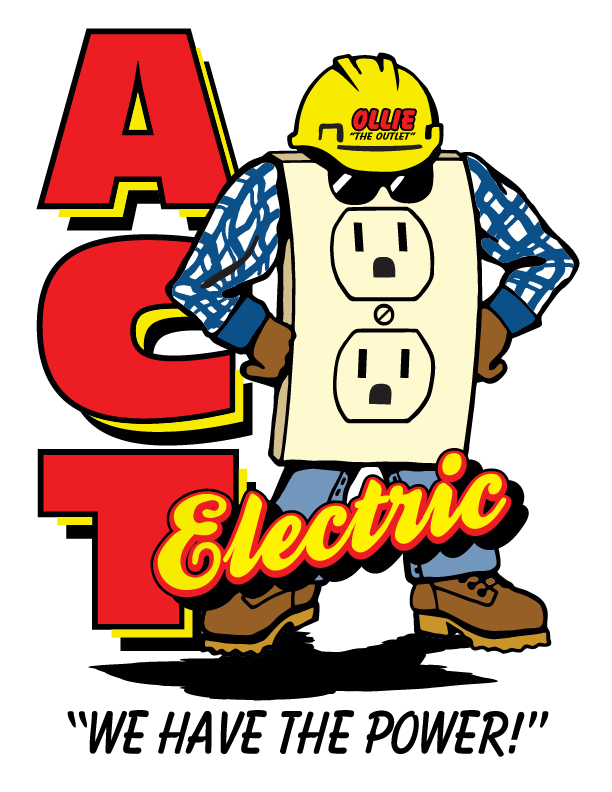HVAC Energy Efficiency for a Commercial Building
HVAC (heating, ventilation, and air conditioning) energy consumption accounts for over 40% of a commercial building’s overall energy use. However, there are a few features and strategies for commercial building owners to consider to ensure the HVAC system runs smoothly.
Avoid peak demand charges
The demand charge displays the maximum power amount an HVAC system uses at any point in the month. Naturally, on a hotter day, the air conditioning system may be working twice as hard as usual. Simultaneously running several HVAC systems requires a significant draw on the electric grid, resulting in an increased demand charge.
To tackle this issue, prepare for hot days by updating an HVAC system to cool a building earlier in the day. That way, the amount of electricity and energy used during the hottest part of the day is significantly decreased.
Regulate outside air intake
Most buildings maintain fresh air ventilation at a constant level based on peak occupancy. However, facilities aren’t usually at peak occupancy, meaning that the HVAC system is generally overused for ventilation.
Installing a demand control ventilation system can help regulate overall air intake to match actual human occupancy in a building. This system can significantly reduce the work of an
HVAC system.
Install electrically driven heat pumps
Installing electrically driven heat pumps reduces the energy consumption of an HVAC system and helps reduce a building’s carbon footprint. They work as an alternative to furnaces and air conditioners. Using electric heat pumps can also help reduce energy bills.
Keep an eye on HVAC electric motors
All HVAC systems use electric motors. These motors often account for a large amount of the overall energy consumption of a building. A motor running at full speed tends to use far more energy than one running at partial speed. Building owners can enlist the help of variable frequency drives (VFDs) to regulate the speed of electric motors throughout the day.
Consider cooling the building using ice
Thermal energy storage (TES) is a growing trend among people looking for alternative ways of saving energy. TES systems work by cooling water circulating through the tubing system overnight. Ice builds up on the submerged coils by morning, freezing the tank. Then, an antifreeze is released into the tubing system, resulting in a cooling effect as the day goes on.
Perform regular maintenance
By regularly checking the HVAC system, building owners can ensure that it is working properly and isn’t using up more energy than it should. Scheduling an annual HVAC system checkup with a professional team ensures that there aren’t any leaks or faults. They can also advise on best practices for maximizing energy efficiency.
ACT Electric provides timely and professional attic fan installation, hot tub wiring, and whole house surge protectors services in Mesa and its surrounding cities. We are licensed and bonded and have a team of experienced electricians. We also specialize in providing commercial electrical services.

